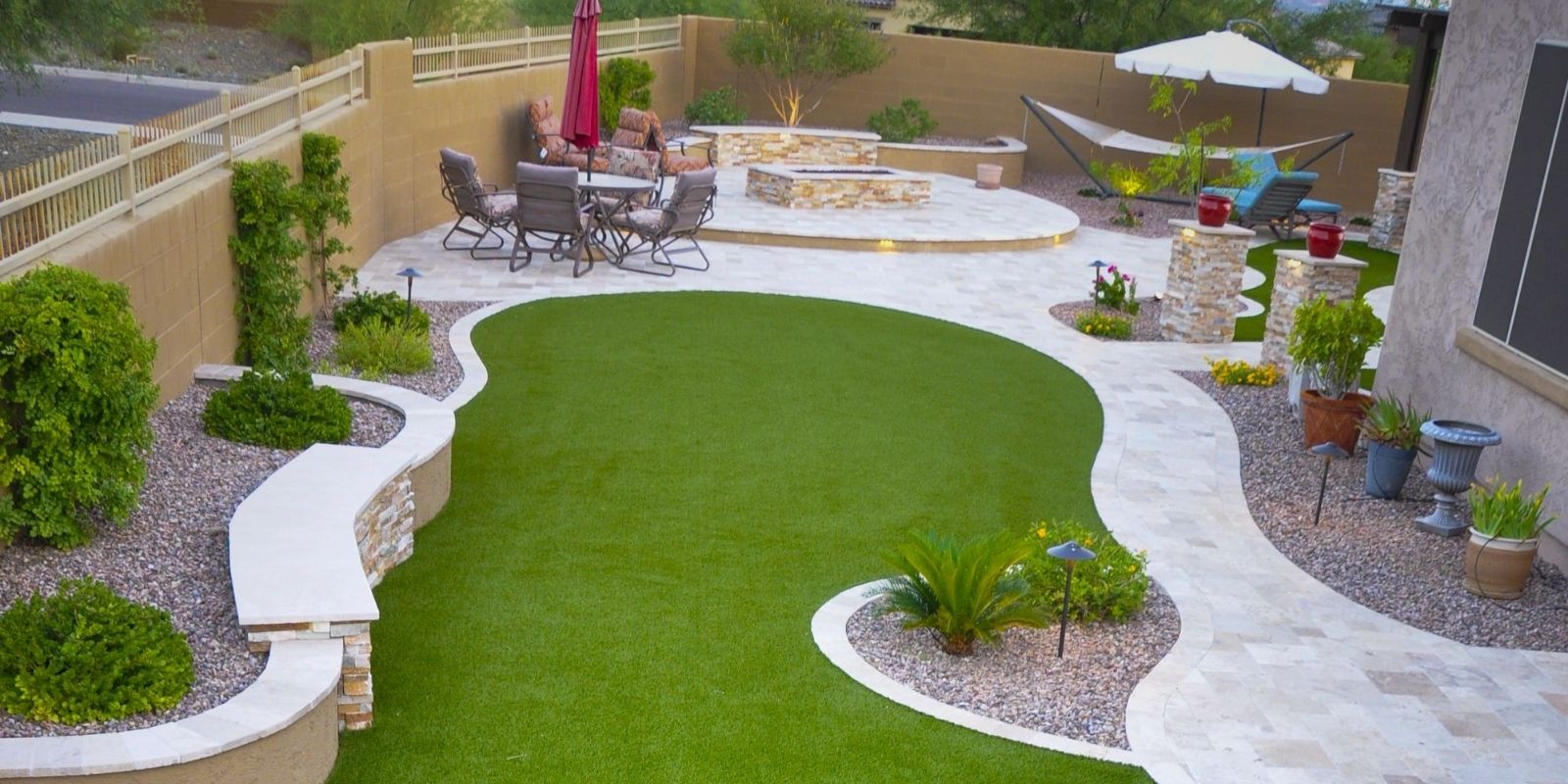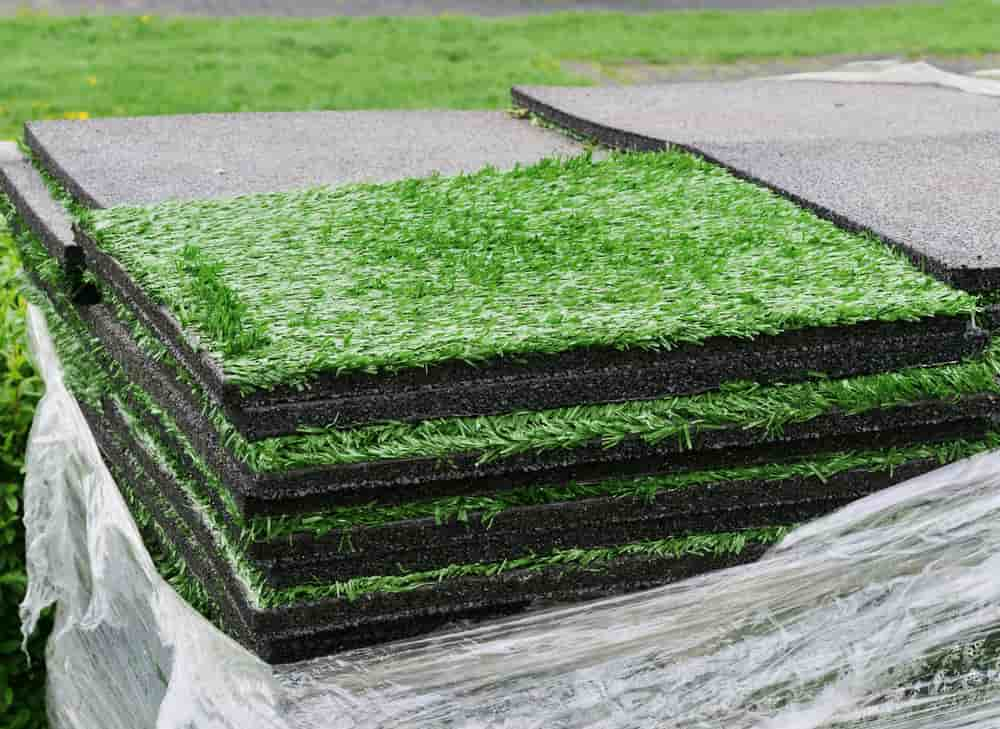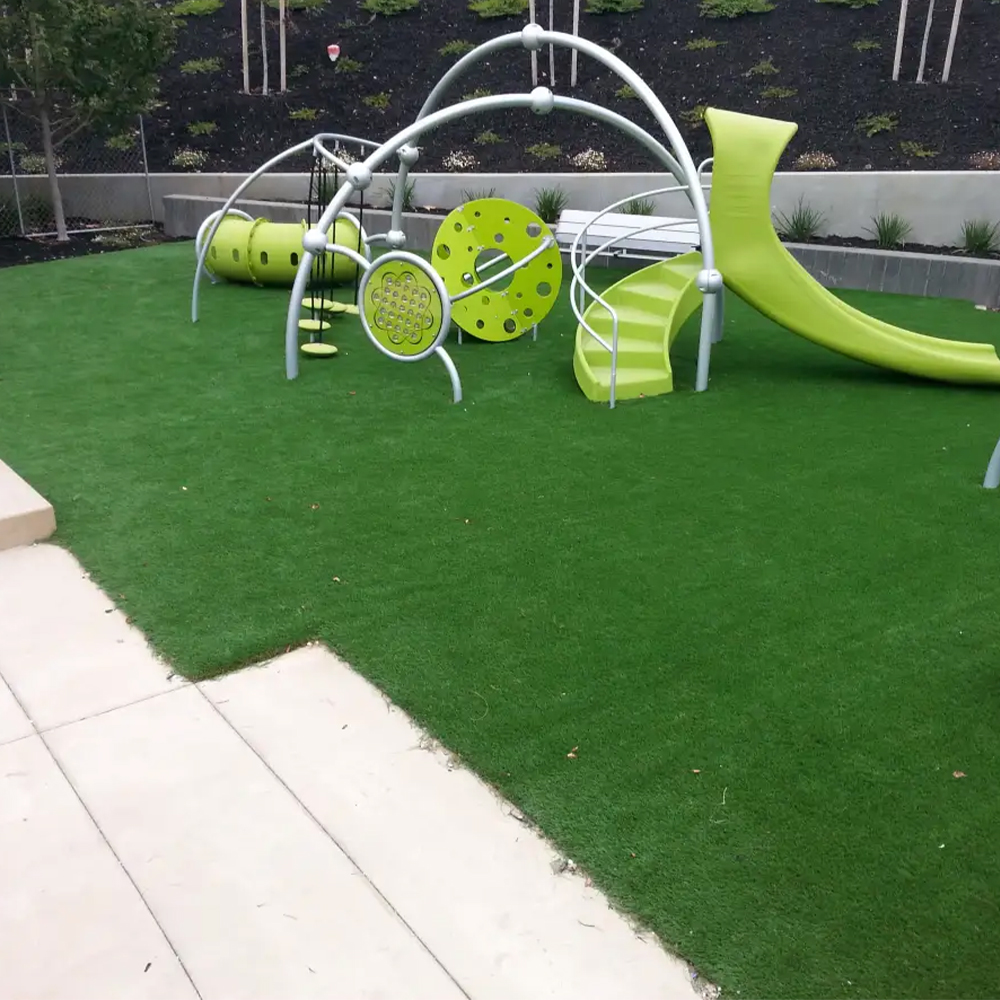Eco-Friendly Arizona Artificial Turf for a All-Season Lush Green Lawn
Eco-Friendly Arizona Artificial Turf for a All-Season Lush Green Lawn
Blog Article
Delve Into the Environmental Perks of Opting for Artificial Turf Solutions
The adoption of artificial turf options offers a compelling possibility to resolve pushing environmental difficulties. By considerably lowering water use and lessening the application of damaging chemicals, these options not only advertise lasting landscaping however also shield regional communities.
Water Preservation Perks
Among one of the most substantial advantages of synthetic grass is its ability to save water. Standard yard yards require substantial watering, particularly in locations vulnerable to dry spell or water limitations. On the other hand, synthetic grass does not need watering, dramatically lowering the overall demand for water sources. This attribute is specifically helpful in dry areas where water deficiency is a pressing problem.
By removing the demand for normal watering, fabricated lawn adds to sustainable landscape practices and helps alleviate the environmental effect of excessive water consumption. The conservation of water expands to the decrease of drainage, which can lead to soil erosion and waterway pollution.
Additionally, the installment of synthetic grass allows municipalities and house owners to assign water sources more effectively, concentrating on vital uses such as drinking water and farming. The shift towards synthetic turf not only advertises responsible water use but also lines up with more comprehensive ecological objectives targeted at preserving natural sources.
As neighborhoods progressively prioritize sustainability, the water preservation benefits of artificial lawn provide a compelling case for its adoption in domestic and commercial landscape design jobs.
Lowered Chemical Usage
The shift to synthetic grass dramatically reduces the reliance on chemical therapies commonly utilized in all-natural lawn upkeep. Traditional lawn management typically involves the application of pesticides, fertilizers, and herbicides to promote growth and control insects. These chemicals can pose threats to human wellness, regional wildlife, and the atmosphere, contributing to dirt and water contamination.
On the other hand, synthetic grass eliminates the demand for these dangerous materials. When installed, it calls for very little maintenance, primarily consisting of regular cleaning and irregular infill replenishment. This decrease in chemical usage not only profits the immediate environment however likewise adds to more comprehensive environmental security. By reducing the release of synthetic compounds right into the community, man-made turf promotes healthier dirt and water systems.
In addition, the absence of chemical drainage related to synthetic grass installations assists secure regional rivers from contamination, sustaining water life and maintaining biodiversity. Turf installation phoenix az. As neighborhoods significantly focus on sustainable practices, opting for synthetic grass presents a feasible service that lines up with ecological conservation goals. Through this shift, homeowner can take pleasure in lavish environment-friendly rooms without endangering ecological health and wellness, leading the means for a much more lasting future
Reduced Carbon Impact

Additionally, the installment of synthetic grass can result in substantial water conservation. Natural grass call for considerable quantities of water for irrigation, which not just contributes to the carbon impact related to water extraction and treatment yet also pressures neighborhood water resources. In contrast, synthetic turf requires marginal upkeep, needing no watering, consequently significantly lowering water use and its associated energy prices.
In addition, the long life of synthetic grass contributes to its reduced carbon effect. With a life expectancy of up to 15 years or even more, the need for constant substitutes is lessened, resulting in less waste and reduced energy usage in manufacturing and taking care of typical grass options. In general, synthetic grass provides a sustainable alternative for environmentally conscious landscape design.
Habitat Conservation
Environment conservation is a crucial consideration in the dispute over landscape design selections, especially websites when contrasting synthetic grass to all-natural yard. All-natural yard lawns usually call for extensive upkeep, consisting of making use of herbicides, pesticides, and fertilizers, which can adversely influence regional environments. These chemicals can seep right into the soil and waterways, hurting indigenous vegetation and fauna and disrupting local habitats.
Artificial turf gets rid of the need for harmful chemicals, thus protecting nearby wild animals and preserving the honesty of surrounding environments. The setup of fabricated turf can lead to the conversion of former lawn locations into even more biodiverse landscapes, such as pollinator yards or indigenous plant areas, which can support neighborhood wild animals.
Inevitably, the shift to synthetic grass not only preserves water and decreases maintenance efforts but likewise cultivates a much more harmonious connection in between human activities and the all-natural atmosphere, promoting habitat preservation at the same time.
Long-Term Sustainability
Lasting sustainability is an important consider evaluating the benefits of artificial grass over typical grass yards. Among one of the most significant advantages of synthetic grass is its resilience; it can last as much as 15-20 years with very little upkeep, whereas all-natural yard needs frequent reseeding and replacement. This long life minimizes the requirement for continuous resources, such as water, plant foods, and pesticides, which are crucial for Phoenix turf companies keeping a healthy turf lawn.
In addition, fabricated lawn adds to a reduction in carbon discharges connected with yard care tools. Typical lawns commonly need gas-powered mowers, trimmers, and blowers, all of which add to air contamination. Artificial turf companies phoenix. On the other hand, man-made turf eliminates the need for such devices, advertising a cleaner environment
Moreover, the manufacturing of artificial turf increasingly uses recycled materials, enhancing its sustainability account. As manufacturers embrace environmentally friendly methods, the ecological footprint of synthetic grass continues to decrease.

Verdict
The adoption of synthetic grass services presents substantial ecological advantages, consisting of significant water conservation, decreased reliance on dangerous chemicals, and a lower carbon impact. Additionally, synthetic grass aids in protecting all-natural habitats by minimizing land disruption and promoting long-term sustainability via the usage of long lasting materials. Collectively, these variables emphasize the capacity of man-made grass to add positively to environmental wellness and use a viable alternative to standard landscape design techniques in a significantly resource-conscious globe.
In contrast, man-made lawn does not require watering, substantially lowering the general need for water sources. By decreasing the release of synthetic compounds into the ecological community, synthetic grass promotes much healthier soil and water systems.
Moreover, the installation of synthetic grass can result in significant water preservation. In contrast, fabricated lawn requires marginal maintenance, calling for no watering, thus substantially decreasing water use and its associated power prices.

Report this page